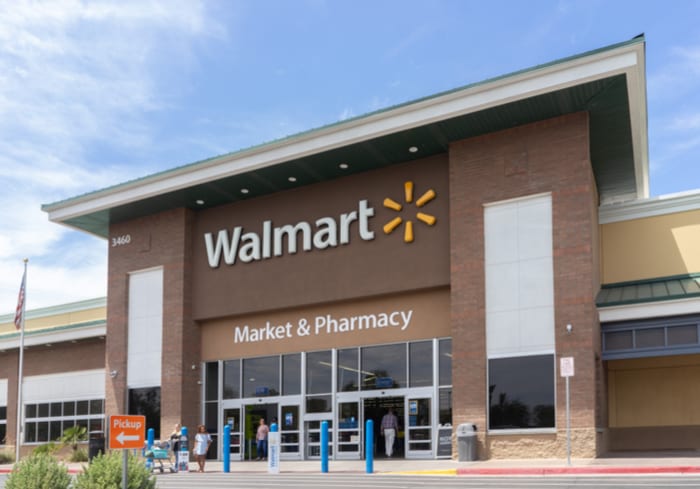
Retailers are turning to voice assistants to make it easier for customers to shop for groceries amid strong competition. Walmart, in one case, has rolled out an offering called Walmart Voice Order by working with partners such as Google.
The feature allows consumers to use voice commands to shop for groceries. Beginning in April, shoppers will be able to say “Google, talk to Walmart” and Google Assistant will add products directly to their Walmart grocery carts. Shoppers can also manage their shopping carts on the go, as the technology is available on a host of devices, such as Android phones.
The technology uses the shopper’s past purchases to create a more personalized experience. If a shopper instructs Google Assistant to add milk to the shopping cart, for example, the feature will add the size, brand and type of milk he or she regularly chooses.
In a blog post, Walmart Senior Vice President of Digital Operations Tom Ward noted, “We know when using voice technology, customers like to add items to their cart one at a time over a few days – not complete their shopping for the week all at once. So, this capability aligns with the way customers shop.” While Walmart is rolling out the function with Google, Ward hinted that other voice assistant options will be available in the future. “We’re kicking off the work with Google, adding others to the mix as time goes on,” he noted, adding that the service would be available to more customers in the weeks to come.
The PYMNTS Digital Consumer Report found that one billion devices are now supported by Google Assistant. The report noted that “grocers are turning to IoT devices to extend their brands’ reaches, and chains like Kroger are allowing customers to order through voice assistant. Meanwhile, Amazon-backed Whole Foods can now connect with consumers through their smart ovens in addition to facilitating orders through Alexa devices.” Last year, for instance, it was announced that Echo users can now use the smart speaker to shop at Whole Foods.
The Grocery Wars
For the last three years, the rivalry to be the dominant force in the grocery space has become fierce. Various contenders have been bolstering their offerings to reach out to shoppers in different ways. Offerings such as curbside pick-up, better payment options and richer loyalty rewards, among others, have become more common maneuvers as big and small players work to capture more consumer grocery spend.
Food accounts for a large chunk of American consumer spending, reaching an annual 12.6 percent in 2017, or roughly $7,203, per the U.S. Census Bureau. And over half of that – $4,049 – was spent on food bought at grocery stores to eat at home. Even so, 55 percent of consumers studied by PYMNTS said they use both online and offline channels to purchase groceries. At the same time, only about four in 10 – or 41 percent – of consumers said they only shop for groceries by visiting a brick-and-mortar store.
Approximately 3 percent of these consumers, for instance, said they buy their groceries online and pick them up at the store. Walmart, for its part, is doubling down on grocery pickup: The company announced in September that it was offering grocery delivery in 50 metro areas across the United States. The company wrote in a blog post at the time, “When it comes to grocery delivery, we’ve got our foot on the gas. Combined with third-party, crowd-sourced delivery providers, we are well on our way to bringing grocery delivery to 100 metro areas covering 40 percent of U.S. households.”
From pickup to voice assistants, retailers are vying for customers in the competitive grocery space by offering new ways to shop, paired with digital innovations to stand out from the crowd.